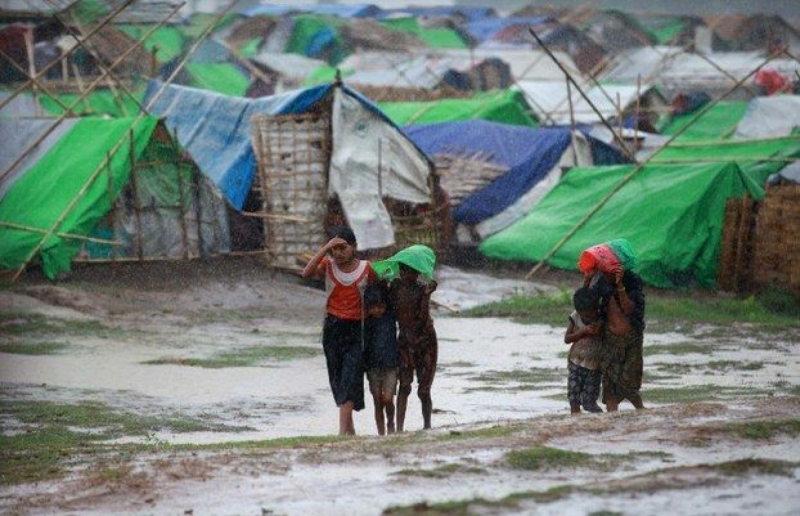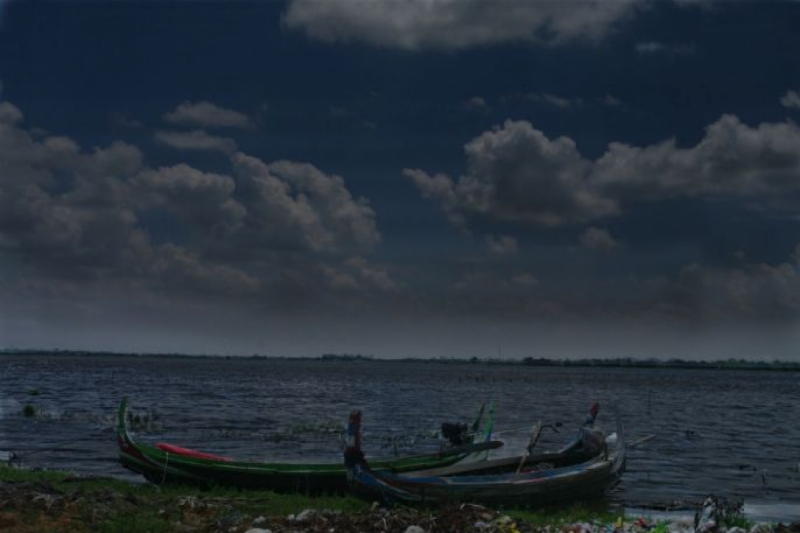




No, the above statement is not an erroneous, twisted version of the old proverb. This is, in fact, not a saying at all – it is the reality in Myanmar, which, after being ravaged by the sizzling weather and the hard-hitting drought brought about by the El Nino phenomenon, is now being threatened by the looming presence of its equally-vicious sister, La Nina.
Backgrounder: El Nino in the Mekong Region
Let’s begin by unpacking the first of the siblings – El Nino – and its devastating effects in the Mekong Region.
According to popular online news portal Coconuts Yangon, the recent El Nino that struck the region the previous year was one of the strongest ever, leaving the Mekong River at its “lowest level in decades and smothering vast regions in a months-long heat wave topping 40 degrees Celsius.” In fact, it is estimated that Southeast Asia’s economic losses could reach up to US$10 billion as a result of this ruinous phenomenon.
El Nino, for everyone’s perusal, is an irregularly occurring and complex series of climactic changes in the eastern Pacific Ocean and beyond every few years, which can trigger drought in some regions, heavy rain in others.
Majority of Asian countries were handicapped by the ruthless bone-dry heat, endangering millions of livelihoods. “In the economically vital Mekong Delta rice bowl, for instance, the mighty river's vastly reduced flow has left up to 50% of arable land affected by salt-water intrusion that harms crops and can damage farmland,” said Le Anh Tuan, Can To University climate change professor, as cited by Coconuts Yangon.
The havoc that the El Nino disaster wrecked caused hotels, schools and hospitals a shortage of clean-water supplies, while around 500,000 people suffered from inadequate drinking water sources.
Being one of the world’s top rice exporters, Vietnam has been heavily-victimized by the “worst drought of the century.” Neighboring countries Thailand and Cambodia are also rendered helpless when the drought caused extreme water shortage and curbed rice production in the countries.
Myanmar’s Killer of Agriculture
The scenario is no different in Myanmar, whose agriculture sector had to take the rap from the burgeoning heat.
According to news website Xinhuanet, the El Nino weather phenomenon, which struck Myanmar this year, has been bringing down the country's agricultural yield and impacting food security, said a noted Myanmar meteorology and hydrology expert U Htun Lwin.
Mr. Htun Lwin asserted that while the powerful El Nino is expected to end this month of June, its side effects will last for three months till September."The country's agricultural sector will be affected by extremely high temperature and water shortage, which will lead to lower yield than previous years. Even though the irrigated farms could resist the bad weather, most of the farms around the country may suffer from diseases due to the high temperature," he added in one of the reports by Xinhuanet.
Low agricultural yield causes food shortage, which can then lead to a rise in commodity prices – a phenomenon mostly disadvantaging people at the basic level. Adding salt to the wound is the country’s lowering export capacity, which comes as a result of fewer yields.
Raining in September

As if the effects of El Nino – which could still be felt after it has long been gone – were not enough, on its way is La Nina, threatening to bring more destruction to the already vulnerable Burma community.
According to Mr. Htun Lwin, La Nina is expected to bring severe weather and floods from September. “La Nina will come in September. There will be middling weather during the next three months. We can’t exactly forecast about these three months,” said the leading weather forecaster. He also predicted that with the rise of this weather phenomenon comes an increased number of storms.
"La Nina can reduce heat and increase coldness with lots of rain," he said in another news article from Coconuts Yangon. "A lot of storms can happen. Flood and storms can happen.”
The rainy season in Myanmar normally lasts from May until October only, but forecasters are already expecting that the strong La Nina effect could make the cold, wet weather a lot harsher. Fears grow even more in commemoration of last year’s disaster, when the terrible flooding in Myanmar ruined hundreds of thousands of acres of farm land and killed more than a hundred of people.
Here Comes La Nina
The advent of La Nina further emphasizes the country’s – and the entire region’s – lack of proper planning in the face of extreme weather swings, said IHS Global Insight’s Asia-Pacific Chief Economist Rajiv Biswas in Coconuts Yangon.
"What tends to happen is that they (governments) talk about it in the immediate time there is a crisis and then one year later they forget about it and move on," he said, adding that "things will get worse." Because of this, he suggested that more investment should be added in developing agricultural infrastructure, irrigation and water shortage systems, desalination technologies and insurance coverage.
Calling the global situation "truly alarming", United Nations’ under-secretary-general for humanitarian affairs and relief Stephen O'Brien said that this year's El Nino “spotlights the need for global cooperation to brace against the extreme weather.”
"We must respond quickly to immediate, life-threatening needs, but we must also help people to become more self-reliant, and build individual and community capacity to respond to future shocks," he added.